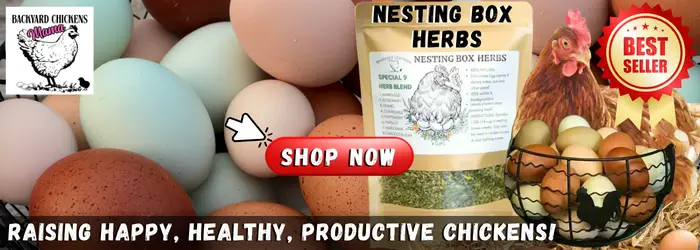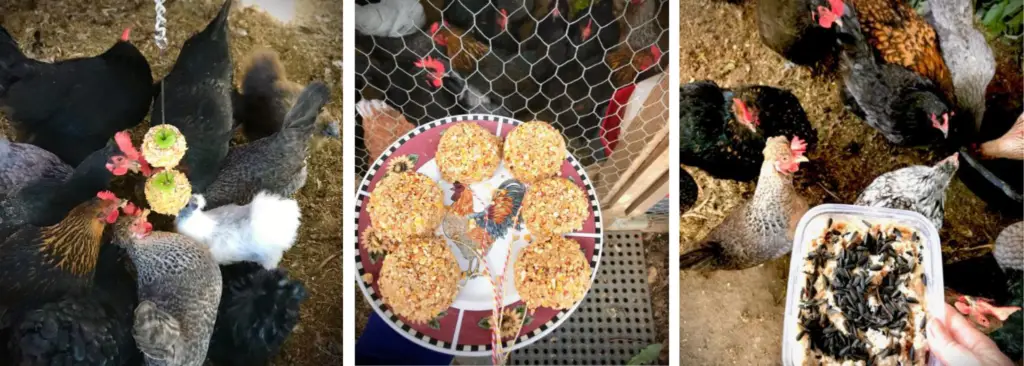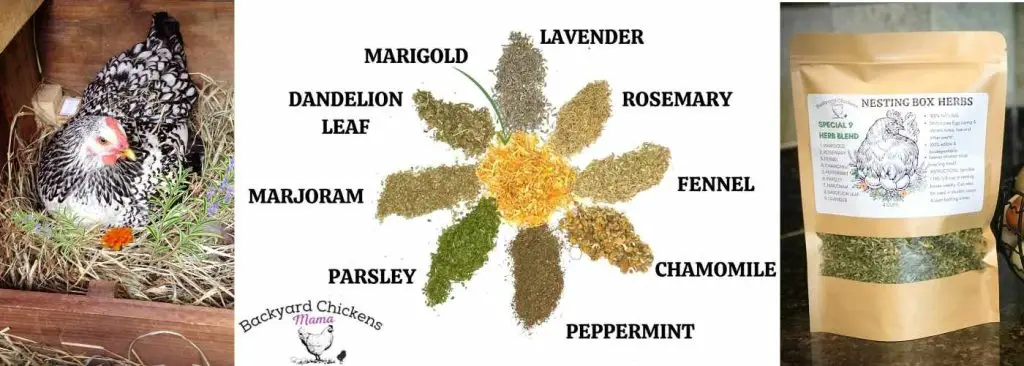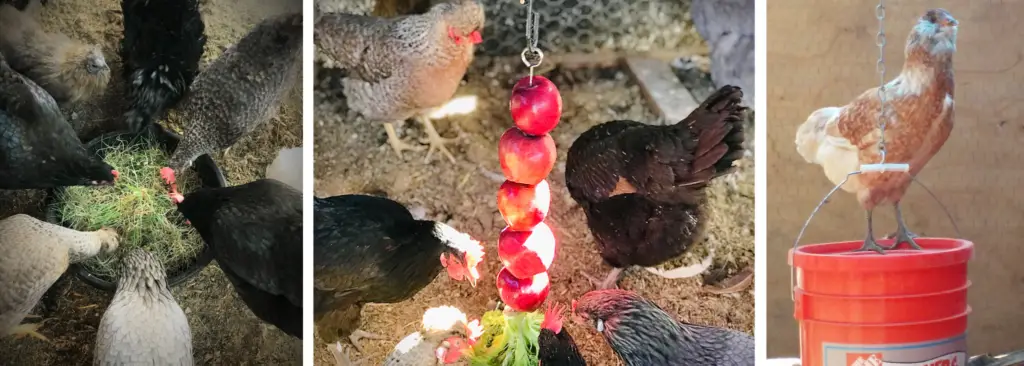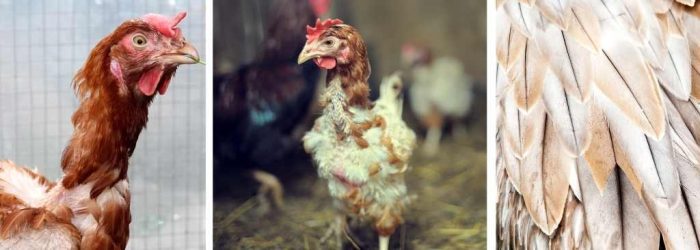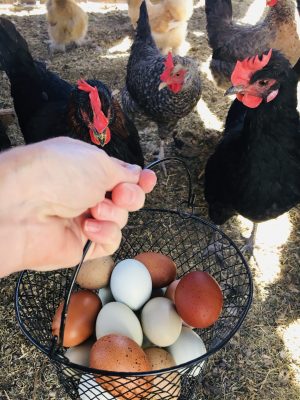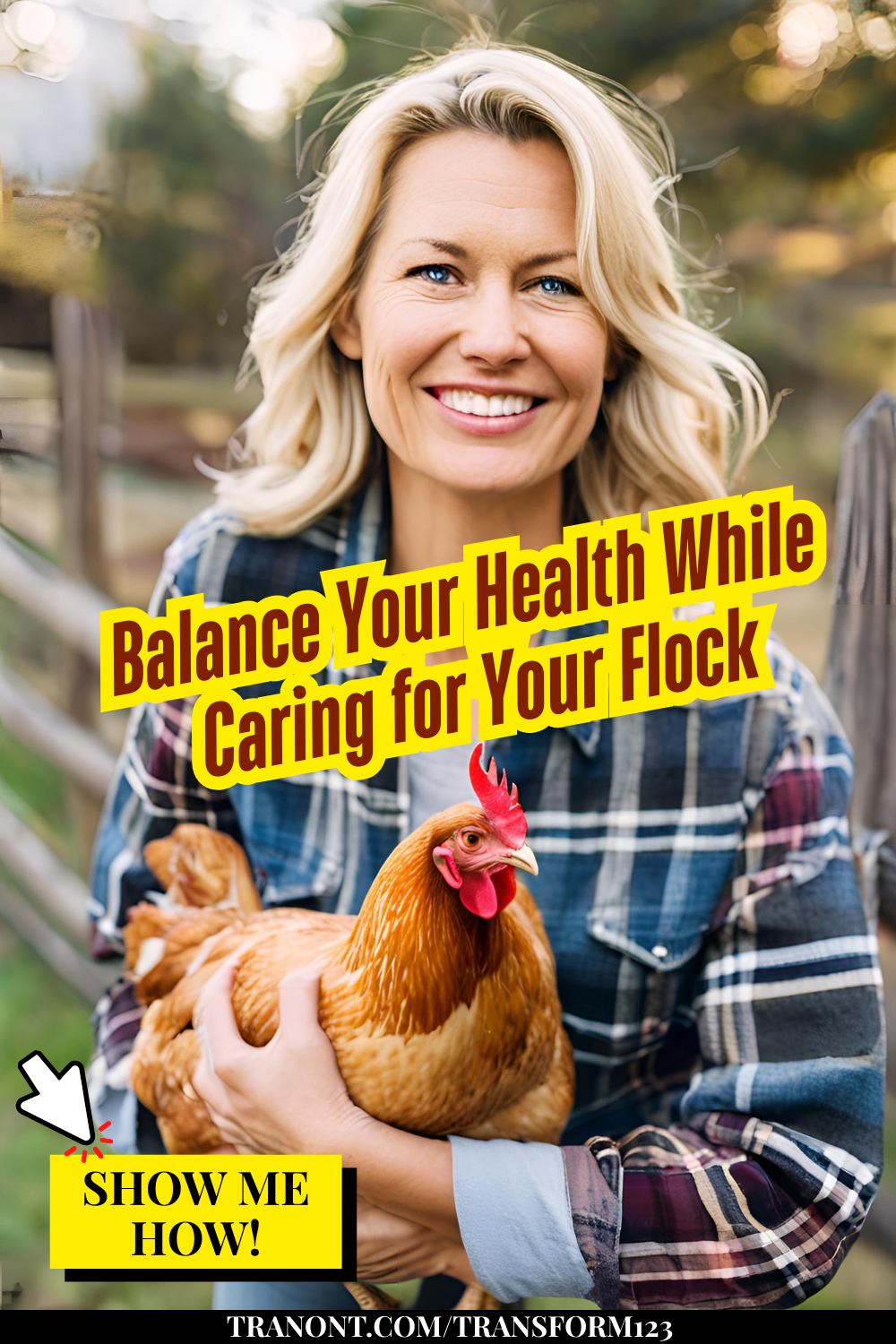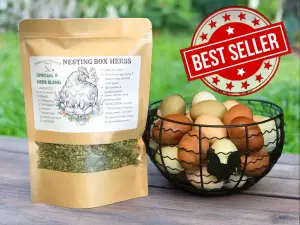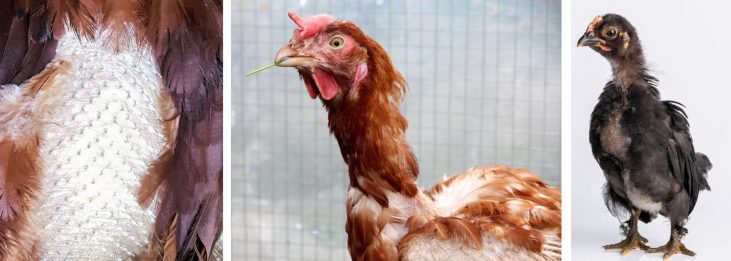
When a chicken molts, it can look like a brutal slaughter took place inside your coop!
It can be quite frightening to see an explosion of feathers scattered across the coop floor and half your chickens feathers missing. Your immediate reaction is probably to do a head count to make sure that a predator hasn’t attacked or taken one of them.
While a flock going through a molt can look absolutely pathetic and unhealthy, it is a completely normal process that every chicken goes through.
Some chickens lose almost all of their feathers at once and then there are others that lose just a few feathers at a time. Rest assured, this is a perfectly normal process and even happy, healthy chickens go through it.
So, “Why and when do chickens molt?” This article will reveal the importance of why a chicken molts and when you can expect to see your chickens go through it.
Losing and growing in new feathers is actually a very stressful and painful experience for your chickens. This article will also give you helpful tips for the best ways you can support your chickens when they are molting.
- Why do Chickens Molt?
- When do Chickens Molt?
- Characteristics of a Molt
- How Long do Chickens Molt?
- What are Pin Feathers?
- Helpful Tips to Support Chickens Through a Molt
- 1. Increase Protein Intake
- 2. Decrease Stress
- 3. Don't Handle Molting Chickens
- 4. Add Fresh Herbs Around the Chicken Coop
- 5. Keep Your Chickens Entertained
- Other Reasons Why Chickens Lose Feathers
- Conclusion: Why and When do Chickens Molt? (+5 Helpful Tips)
Why do Chickens Molt?
Chickens molt each year in order to prepare for the cold winter weather and can also go through a molt in response to stressful situations. When a chicken molts, old feathers are shed and replaced with new, healthier plumage. Over the year, feathers break, get worn out and dirty. After a molt, feathers are full and better equipped to keep them warm.
When do Chickens Molt?
Chicks: Baby chicks begin their first molt at around 1 week old when they lose their fluff. It will take about 5-6 weeks for them to grow in their first set of feathers.
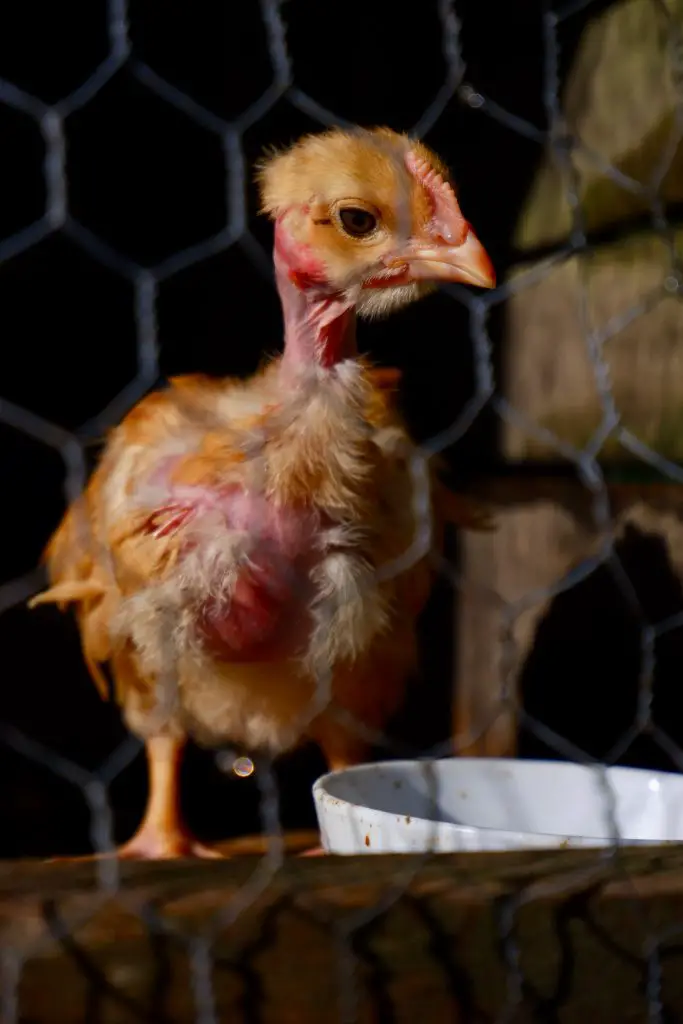
Juvenile Molt: Juvenile chicks will lose baby feathers and begin growing in adult feathers at about 8-12 weeks.
First Adult Molt: A chicken will go through its first replacement of “adult” feathers at around 18 months.
Yearly Molt
When the days begin to get shorter, this triggers a chicken to being molting. This usually coincides with when the temperatures begin to cool down. Depending upon where you live, this usually happens toward the end of summer or early fall.
| SOFT MOLT | HARD MOLT |
|---|---|
| WILL USUALLY STOP LAYING EGGS. | WILL STOP LAYING EGGS. |
| LOSES A FEW FEATHERS AT A TIME. | LOSES A LOT OF FEATHERS ALL AT ONCE. |
| GROWS NEW FEATHERS BACK SLOWLY. | WILL GROW FEATHERS BACK QUICKLY. |
| CAN TAKE A FEW WEEKS TO BEGIN LAYING EGGS AGAIN. | RETURNS TO LAYING QUICKLY AFTER MOLTING. |
Soft Molt
During a soft molt, a chicken may lose just a few feathers at a time. The whole molting process is much slower with a slow molt and can take several months to grow in a whole new set of feathers.
Hard Molt
During a hard molt, a chicken will lose a lot of feathers all at once. Chickens that go through a hard molt are usually the best layers and will grow its feathers back quickly and return back to laying eggs again.
Stress Molting
Sometimes when a chicken experiences a stressful situation, it can respond by going through a “stress molt.” The following are common stressful situations that can cause a chicken to “stress molt.”
- Illness
- Parasites-mites and lice
- Combining two flocks
- Death of flock mate
- Extreme temperature fluctuations
- Bullying
- Unsanitary housing conditions
- Lack of food and water
- Hen raising baby chicks
- Quick change in weather conditions
- Change in housing
Characteristics of a Molt
| CHARACTERISTICS OF A MOLT |
|---|
| EACH CHICKEN IS UNIQUE WITH HOW IT MOLTS. |
| BOTH HENS AND ROOSTERS WILL MOLT. |
| NOT ALL CHICKENS WILL MOLT AT THE SAME TIME |
| SOME CHICKENS MOLT MORE THAN ONE TIME A YEAR. |
| MOST CHICKENS WILL MOLT ONE TIME EACH YEAR. |
| MOST CHICKENS MOLT WHEN THE DAYS BEGIN TO SHORTEN, JUST BEFORE WINTER. |
| SOME CHICKENS WILL LOSE ALL OF THEIR FEATHERS QUICKLY, OVER A PERIOD OF DAYS. |
| SOME CHICKENS WILL LOSE A FEW FEATHERS AT A TIME, TAKING SEVERAL WEEKS TO LOSE THEM. |
| USUALLY THE MOST VIGOROUS CHICKENS WILL GO THROUGH A MOLT THE QUICKEST. |
| ENVIRONMENTAL FACTORS CAN AFFECT HOW A CHICKEN MOLTS. |
| AGE OF A CHICKEN CAN AFFECT HOW A CHICKEN MOLTS. (OLDER CHICKENS TAKE LONGER TO MOLT.) |
| NUTRITION CAN AFFECT HOW A CHICKEN MOLTS. |
| MOST HENS STOP LAYING EGGS WHEN THEY ARE MOLTING. INSTEAD, THEY PUT THEIR ENERGY INTO GROWING NEW FEATHERS. |
| MOLTING IS VERY STRESSFUL FOR CHICKENS. |
How Long do Chickens Molt?
The average time that it takes to molt ranges from a 1-4 months. Each chicken is unique and will go through a molt in their own way. A chicken will begin a molt by losing its head and neck feathers, followed by its back, chest, thighs and finally tail feathers. New feathers are replaced with “pinfeathers” in the same order that they were lost.
What are Pin Feathers?
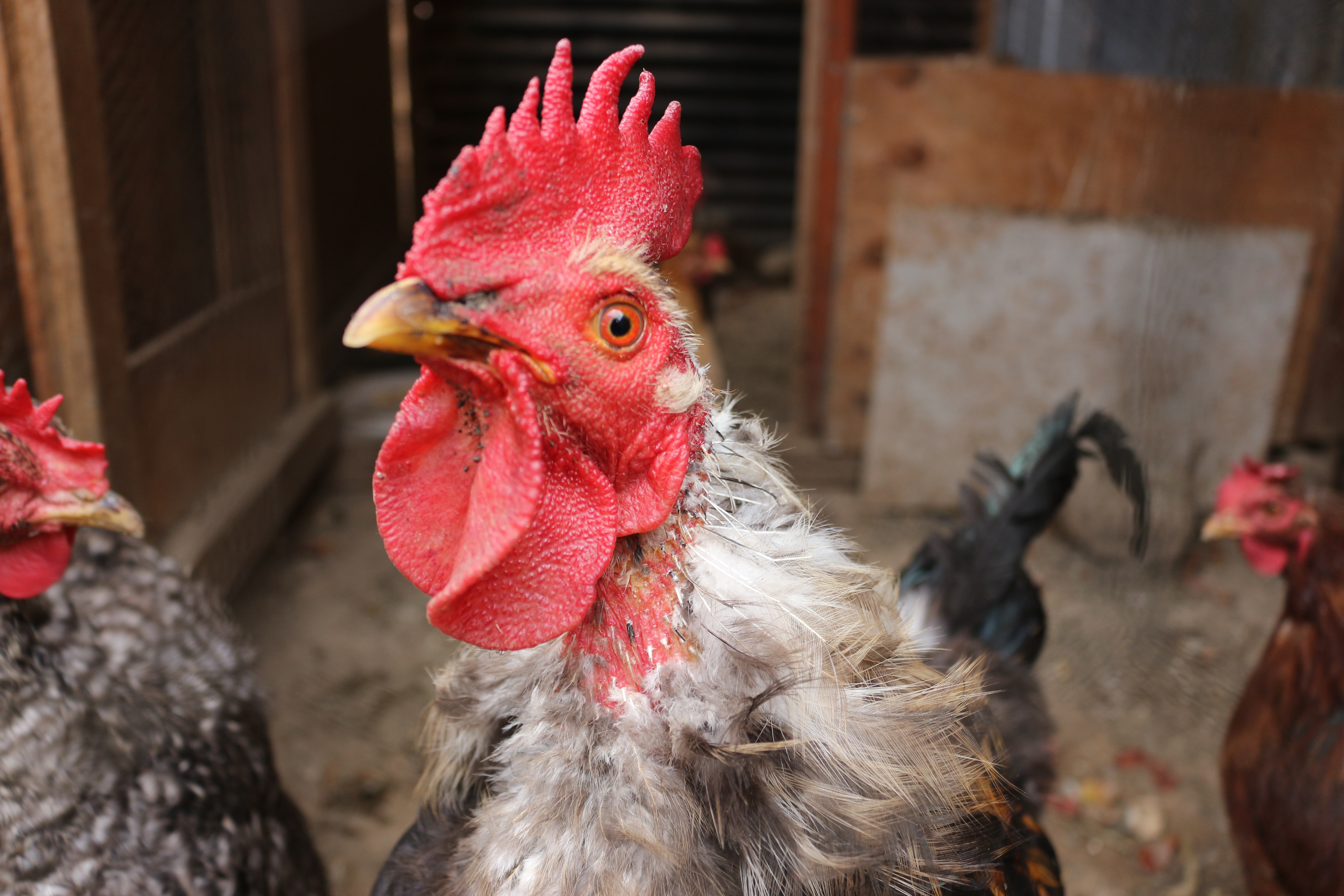
Pin feathers are the new, developing feathers that replace the old, worn feathers that were shed during a molt. They are also sometimes called “blood feathers” because the shaft of the feather is filled with a blood supply.
These new pin feathers are sensitive and it can be quite painful when they are first growing in. As the feathers continue to grow and mature, they will become less sensitive.
Helpful Tips to Support Chickens Through a Molt
1. Increase Protein Intake
Birds going through a molt require an increase in protein to maintain good nutrition. Regular chicken feed contains 16% protein. During a molt, they need a higher protein intake than what is in their regular feed.
Sometimes during molting you will see chickens eating feathers found in the coop or pecking other flock mates’ feathers out. This is because their body is lacking protein, which is necessary to grow in new feathers.
Feathers contain about 85% protein and are a great source of protein. If you see your chickens eating feathers, this can be a signal that your chicken requires an increase in protein.
| SPECIAL TREATS FOR MOLTING CHICKENS | % PROTEIN | STEP BY STEP INSTRUCTIONS LINK |
|---|---|---|
| FERMENT CHICKEN FEED | ⬆️ DIGESTIBLE PROTEIN | How to Ferment Chicken Feed – 6 Simple Steps (Photos). |
| CHICKEN FOODER | 21% | How to Make Chicken Fodder – Step by Step 7 Day Guide with Photos |
| INTANT POT YOGURT | 17% | How to Make Homemade Instant Pot Yogurt for Chickens |
| MEALWORM FARM | 20% | How to Breed Mealworms at Home – Best Setup Guide |
| CRICKET FARM | 20% | 9 Best Tips-How to Breed Crickets at Home |
| B.O.S.S. OATS | 15% B.O.S.S. 12% OATS | Boss Oats Recipe |
| PLAIN OATMEAL | 12% | How to Make High Protein Treats for Molting Chickens |
| B.O.S.S. | 15% | BLACK OILED SUNFLOWER SEEDS |
| SCRAMBLED EGGS | 13% | SERVE WARM |
| CHICKEN SCRATCH | 8% | FERMENT FOR ⬆️ PROTEIN |
2. Decrease Stress
A chicken that is going through a molt is experiencing a great amount stress. You want to make sure that you do not do anything to add to it.
The process of losing and growing in new feathers takes a lot of energy and can drain them. This is why most chickens will stop laying eggs. Instead of laying eggs, they will put all their energy into growing in new feathers.
How to Make Molting a Little Less Stressful for Your Chickens
| AVOID HANDLING THEM WHEN THEY ARE MOLTING |
| MAKE SURE THEY ALWAYS ARE PROVIDED FRESH FOOD AND WATER |
| PROVIDE INCREASED PROTEIN IN YOUR FLOCKS DIET |
| KEEP THEM ENTERTAINED |
| KEEP YOUR CHICKEN COOP CLEAN |
| ADD FRESH HERBS TO COOP AND LAYING BOXES TO DECREASE STRESS |
3. Don’t Handle Molting Chickens
Growing in new feathers or “pin feathers” can be very painful for chickens and even more painful if touched.
This may be difficult, especially if you are one to always pick up, hold and pet your chickens, but don’t handle your molting chicken. Instead, wait until your chicken has grown in its pin feathers.
If you have children, explain to them that when new feathers are growing in, it is painful for the chickens to be touched or picked up. Teach them not to pick up or handle a chicken growing in its pin feathers. Once the feathers have grown in, they can begin handling them again.
No sweaters, please! This includes hen aprons too. Even the slightest pressure or rubbing on pin feathers can increase the pain a molting chicken feels.
4. Add Fresh Herbs Around the Chicken Coop
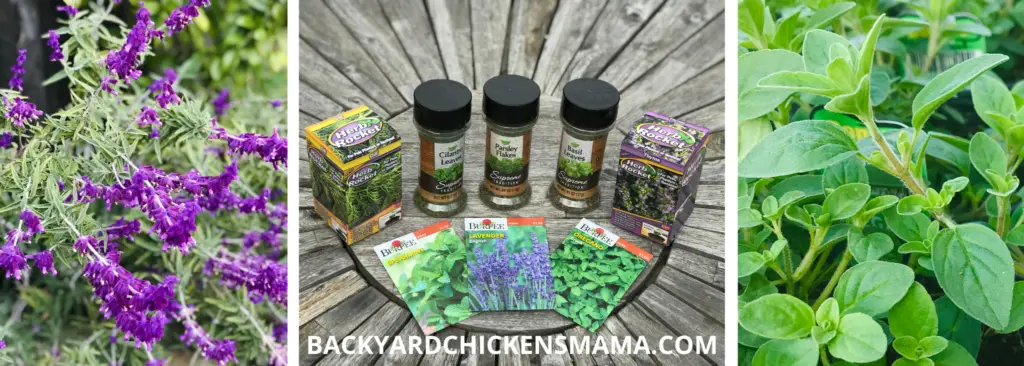
There are many health and safety benefits to having certain herbs in and around your chicken coop, including decreasing stress that your chickens may be experiencing during a molt.
Herbs that Help to Decrease Stress (CALMING)
These herbs can either be planted around the perimeter of your chicken coop or you can scatter them fresh or dried inside your chicken coop and nesting boxes.
| HERBS THAT HELP TO CALM MOLTING CHICKENS |
|---|
| LAVENDER |
| LEMON BALM |
| CHAMOMILE |
| MINT |
| ROSE PETALS |
| FENNEL |
| PARSLEY |
How to Use Calming Herbs Around Your Molting Chickens
- Sprinkle Herbs In Nesting Boxes
- Plant Herbs Around the Perimeter of the Coop
- Scatter Herbs In Coop
- Add Herbs to Chicken Feed
- Sanitize the Chicken Coop
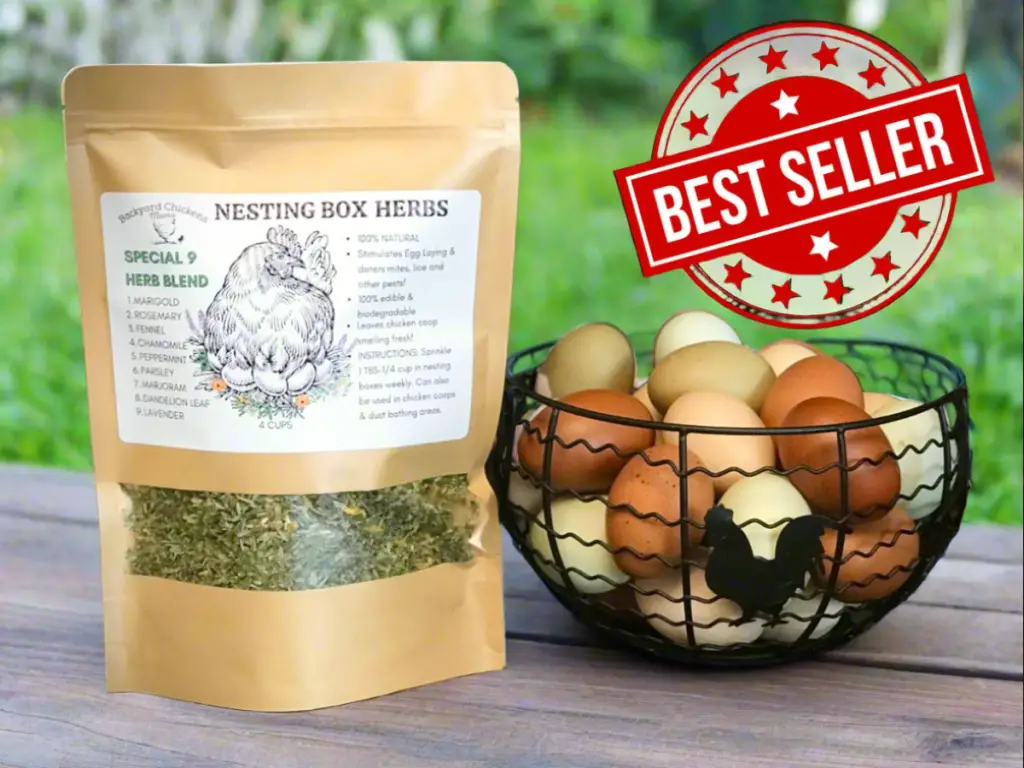
Increases egg laying naturally.
- Improves chicken health.
- Deters parasites: mites, lice, fleas & flies as well as mice, rats, raccoons, coyotes, opossums and more!
- On SALE!
- Shop: Nesting Box Herbs
5. Keep Your Chickens Entertained
By keeping your chickens busy when they are molting, it will help to keep their mind off of the painful molting that they are going through. It will also help to prevent them from becoming bored and begin pecking at each others feathers. Some ideas to keep your chickens entertained while going through a molt (or anytime for that matter) are the following:
| BOREDOM BUSTERS FOR MOLTING CHICKENS |
|---|
| HANG A FRUIT AND VEGETABLE SKEWER |
| PLACE VEGGIES IN A HANGING VEGETABLE BASKET |
| CREATE A NEW DUST BATHING AREA |
| CUT BRANCHES FOR NEW PERCHES |
| HANG A SHATTERPROOF MIRROR IN THE COOP |
| SPEND TIME WITH YOUR CHICKENS! |
| MAKE CHICKEN FODDER |
| START A MEALWORM FARM |
| FEED THE LACTOSE FREE INSTANT POT YOGURT |
| START A CRICKET FARM |
| BRING BUGS TO THE SURFACE OF THE GROUND |
| HANG FOOD IN CHICKEN WIRE |
| PUT OLD CHRISTMAS TREE IN COOP BEFORE DISCARDING |
| PLACE HALLOWEEN PUMPKINS IN COOP FOR CHICKENS TO EAT |
Other Reasons Why Chickens Lose Feathers
- Over Mating– Sometimes roosters will mate with a hen too much resulting in a loss of head, neck and back feathers. If this happens, separate the rooster for a few weeks or place a saddle apron on your hen to protect her.
- Broodiness– A broody hen will pluck out her feathers on her underside in order to use her skin to warm a clutch of eggs that she is wanting to hatch.
- Preening- Chickens have a preening gland at the base of their tail, close to their vent. Sometimes when they squeeze this gland to release oils for cleaning their feathers, they also pluck out their own feathers.
- Predators– If predators are lurking around the coop, it can cause stress. Chickens know when a predator is close by. Or a snake might be getting in the coop at night.
- Bullying and Pecking– Chickens can bully and peck each other if they are bored, are not provided enough space or lack protein in their diet.
- Diseases– Most diseases will not cause a chicken to lose its feathers, but when a chicken is suffering from an illness, it will not eat properly resulting in poor nutrition. Poor nutrition is what causes an ill chicken to lose its feathers.
- Poor Nutrition– Once sign that a chicken is not receiving a nutritionally balanced diet is feather loss. It is important for chickens to receive proper nutrients, especially protein during a molt.
- Lice or Mites– Chickens that are infested with parasites, such as lice and mites, will almost always lose feathers. Common locations for mites are close to the vent and under the wings(where it is warm and moist). Common areas that you might find mites is on the head, neck, back, breast and legs. For helpful information on how to get rid of mites on your chicken, read my article 5 Simple Ways to Get Rid of Mites on Chickens-Naturally.
Conclusion: Why and When do Chickens Molt? (+5 Helpful Tips)
Beginning around 18 months, all chickens will go through an annual molt, usually in the fall when the days begin getting shorter. During this time they will lose their old, worn out feathers and replace them with a nice set of healthy, full plumage.
This new plumage will better suit them for the cold winter months.
Molting can be a very stressful and painful event for chickens and the majority of their energy is spent working on growing in a new set of feathers. This can be very draining for a chicken, but there are several things that you can do to help support your chickens during this tough time:
- Increase Protein Intake
- Decrease Stress
- Don’t Handle Chickens During a Molt
- Use Natural Herbs Around Coop
- Keep Chickens Entertained
